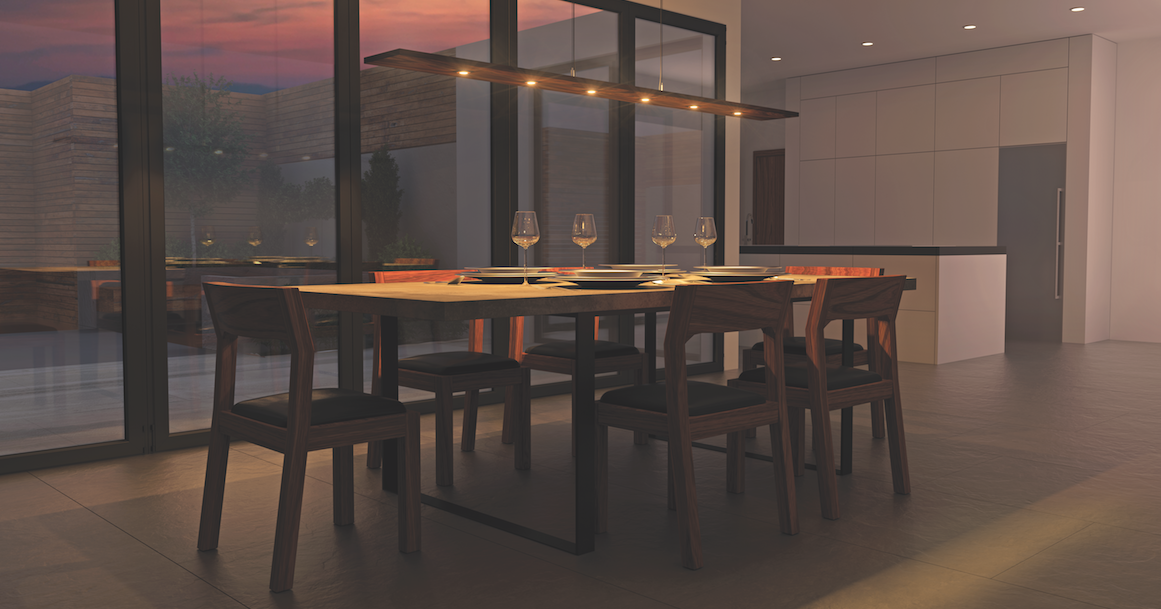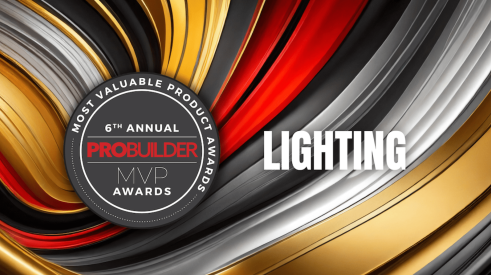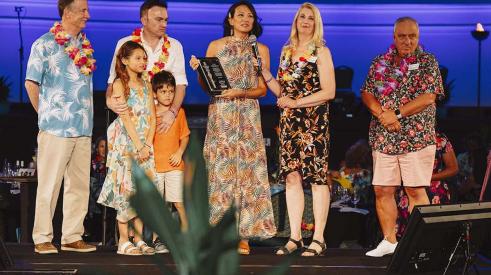Trends in lighting design, delivery, and controls are continually driven by changes in tastes and technology. “Architecture evolves, the use of spaces shifts, and lighting needs adjust in response to the demands of an ever-changing consumer,” says Jeffrey Dross, corporate director of education and industry trends at Kichler Lighting, a Cleveland-based lighting supplier.
Those factors dovetail with technology’s role in the evolution of lighting design and application, which has been especially dramatic with the advent and advancement of light-emitting diode (LED) lamps. Fixture sizes, shapes, and placements have been and continue to be radically influenced by these pint-size, energy-efficient luminaires. For instance, rather than flanking the bathroom mirror with sconces, LED task lighting can be integrated into the mirror to provide illumination.
In addition, “LEDs don’t produce the amount of heat you would get from other light sources,” says Randall Whitehead, principal at Randall Whitehead Lighting Solutions, in San Francisco, making them practical and safe in such applications. And they offer energy-saving benefits as well. Massimo Buster Minale, founder and designer at London-based Buster + Punch, in North Hollywood, Calif., points out that building and energy codes increasingly mandate LEDs to some degree (or entirely) for new construction and renovation across all building types, including housing. “LEDs can last more than seven times longer than incandescent bulbs,” and they use a fraction of the energy, he says, which also reduces ongoing costs for homeowners.
Smaller Is Better
The relatively compact profile of LED lamps has arguably been the greatest influence on lighting fixture design. Case in point: recessed fixtures. Until recently, 6-inch recessed luminaires were the common specification throughout the home. But an LED’s smaller aperture (the hole through which light travels) and greater lumen output have enabled the use of 4-inch recessed luminaires. Those smaller fixtures have more visual appeal than their larger cousins and also take up less room along and in the space above the ceiling.
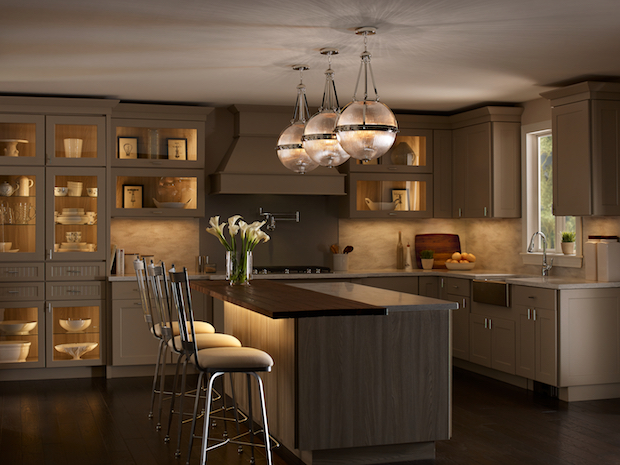
Then there are “canless” LED recessed luminaires, in which traditional housing is replaced with an integrated junction box for direct wiring. “All you need is a hole saw for the ceiling cutout,” says Jeff Spencer, VP of residential products for Acuity Brands, a supplier in Conyers, Ga. “It takes less than one-third of the time to install versus a conventional incandescent can.”
“Everything is getting smaller and smaller,” says Dorothy Underwood, a senior designer with KGM Architectural Lighting, in New York, noting that some fixtures have apertures measuring just 1 or 2 inches. “In the New York market, plenum space [above the ceiling finish] keeps shrinking, so fixtures have had to shrink with them,” she adds, and some manufacturers have gotten downlight housing to just 2 inches deep.
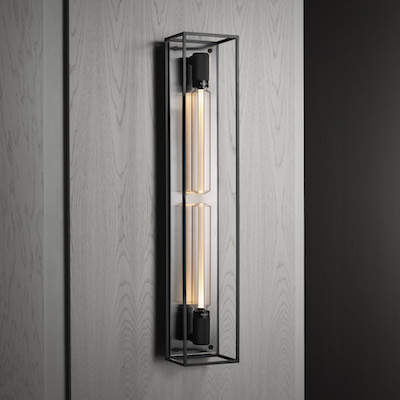
All that allows for the creation of what Al DeGenova, director of marketing at Tech Lighting, in Skokie, Ill., calls a “quiet ceiling”; one that eschews pendants and chandeliers for more recessed downlights. “An increasing number of homeowners want a clean look,” he says. The company’s Reflections series of recessed fixtures, for instance, delivers glare-free LED indirect illumination and feature molded, embossed decorative domes designed to subtly but effectively enhance a room’s architectural details.
Acuity’s Spencer also believes homeowners prefer “clean” ambient lighting over more dramatic effects. “With nicer-looking aesthetics, smaller apertures, far better energy efficiency, and more control options, recessed lighting has quickly become the most practical solution for many designers,” he says.
Expanding the Frontier
The small scale of LED lamps has also enabled once “nice-to-have” lighting fixtures to move into the mainstream of required features among more price points.
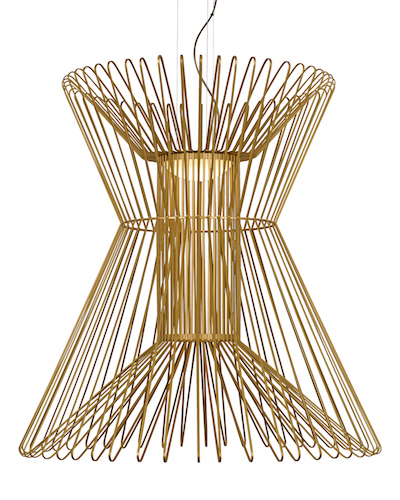
Kichler’s Dross notes that unobtrusive under-cabinet lighting in the kitchen has made that leap, while Keith Clark, LED associate product manager at Task Lighting (now part of Hardware Resources), has seen the technology applied in previously unlit spaces. “Flexible tape lighting is popular for curved spaces, soffit clouds, and cove molding,” Clark says, while the sleek, minimalist appearance of puck or linear fixtures, recessed into the top and bottom of a floating shelf, provides illumination for glass art, photos, and sculpture.
Underwood sees increased emphasis on good art lighting.
“Recessed wall-washer manufacturers are pushing their product engineers to get the light thrown all the way up the ceiling,” she says. “Picture-light manufacturers are focusing on customizing their art lights to fit each individual piece of art.”
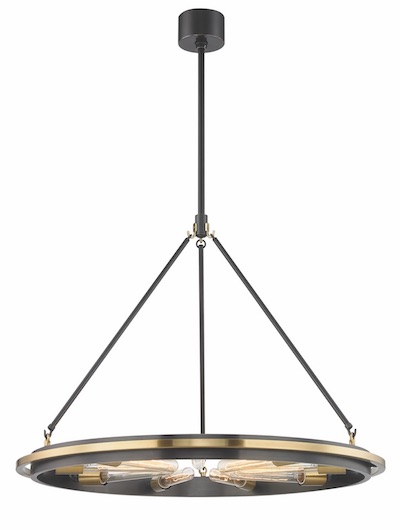
And as the trend toward smaller homes continues, says Clark, indoor-outdoor living spaces made more comfortable, usable, and safe by better lighting will be in greater demand. “Deck rails and soffits, architectural features, and outdoor kitchens are being illuminated by LED tape lighting with a waterproof coating,” he notes.
Dimming scenes set with wireless controls and an array of colors provided by RGB tape lighting can personalize settings for any mood or purpose, inside or out.
Layers of Light
Though recently driven by LEDs, changes in light sources have also been responsive to changes in architectural styles and consumer tastes and lifestyle. “Architecture continues to influence the proportions of the luminaire,” Dross says. Taller ceilings, single-story foyers, and less compartmentalization of rooms are not just affecting fixtures but also how lighting is used in homes. “We’ve graduated from a single light source in a room to layers of light that provide substantially more interesting and varied delivery of luminance.”
Those layers of light often include decorative fixtures, which have a significant aesthetic effect as well as a functional purpose in a space.
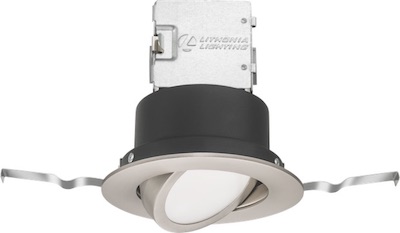
“In traditional homes, there is a heavy emphasis on decorative fixtures and minimal use of downlights,” Underwood says, while contemporary homes tend to rely more on downlights or continuous lines in the ceiling. Even so, she adds, “Clients still want some decorative lighting for that jewel effect and to establish a focal point for the room.”
According to Dross, pendants are currently the most popular type of decorative fixture. “We’re seeing oversize pieces used in dining areas, tall pendants over kitchen islands, and cascading assemblies filling a two-story stairway,” he says.
Equally on-trend are linear chandeliers and pendant fixtures. These elongated pieces complement other linear elements of a home, such as tables and counters. “Their mass also works as a more meaningful complement to the open floor plans found in homes today,” Dross says.
In great rooms, designers and manufacturers are putting more thought into adding “fill” light to show off the architectural detailing in the ceiling and to keep the other half of the room from falling into darkness at night. This effect, Whitehead says, “Comes from sources that throw light off of the ceiling, such as cove lighting, pendant fixtures that cast light upward, opaque wall sconces, and even torchères.”
High-Tech Control
We’re all familiar with the internet of things (IoT), at least conceptually, but the lighting industry leads the way in its application of smart/connected technology for the home.
“Lighting design and engineering that works with a smartphone, voice assistant, or an app to control dimming and color temperature is driving the direction of the market,” says Tech Lighting’s DeGenova, and thus is a shining example of a practical application of IoT for homeowners. But “smart” controls can mean different things to different people, says Neil Orchowski, senior product manager at Lutron Electronics, based in Coopersburg, Pa. “Smart may mean a single dimmer on the wall that provides full range [of illumination] to a system that enables time-clock events and automatic turn on/off capabilities,” he says, noting Lutron’s Caséta series wireless smart lighting control system for the latter.
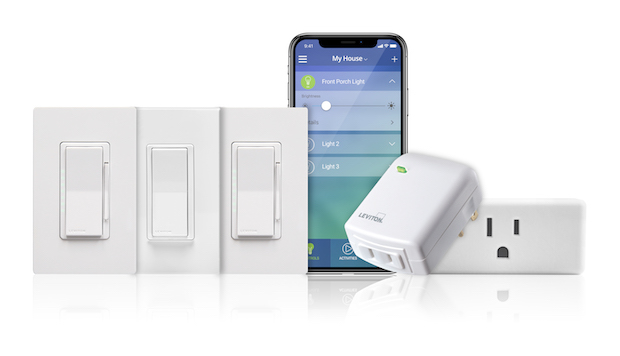
homeowners to use scheduled programs, an app, or a voice assistant to control lights,
fans, electronics, and small appliances. Only a Wi-Fi signal is required, as the control
mechanisms reside in each device for maximum flexibility.
For full automation, there are systems (such as Lutron’s RA2 Select series) that enable homeowners to personalize lighting scenes and integrate window shading, audio, temperature, and other products within a broader control scheme.
“Right now, hubless [read: independent] Wi-Fi lighting-control products, including in-wall switches and dimmers, are taking the single-family home market by storm,” says Greg Rhoades, director of marketing for Energy Management, Controls, & Automation at Leviton, in Melville, N.Y. The company’s Decora Smart system, he says, can handle up to 99 lighting-related devices.
Remote control via mobile device apps is also becoming more popular. “Your mobile device gives you the ability to control your home from anywhere,” says Orchowski, such as the ability to turn lights on and off in the evening to give the home a lived-in look, thus providing a greater measure of security for homeowners. “You have control from anywhere in the world—the office, the airport, the beach—so lights aren’t left on or shades aren’t left open when you’re away.” And scheduling prompts within the app allows homeowners to program lights and shades to automatically adjust at specific times of day.
Kichler’s Dross leans toward in-home voice assistants, such as Google Home, Amazon Alexa, and Apple HomeKit, among other solutions, to dominate the lighting-control market. “There isn’t a much simpler way than just asking that something be done,” he says. Couple that ease of use with a relatively low cost of entry and elementary setup, and it’s no surprise that voice assistants are now in nearly 30 percent of American homes with internet access, according to Parks Associates, a Dallas-based industry research and consulting firm, and are forecast to reach 47 percent market share by 2022.
To keep pace, Leviton offers in-wall dimmers and switches and plug-in dimmers for table lamps, as well as plug-in outlets for electronics and small appliances that enable voice control of those products from Amazon Alexa or Google Assistant speakers via a Wi-Fi signal. “We have this supercomputer voice assistant/smart speaker sitting in our kitchens and living rooms that plays music and tells you recipes, but most end-users don’t realize it can also control your home,” Rhoades says.
That’s why Leviton encourages electricians to look around for a voice assistant in the houses in which they’re working. Rhoades says it presents an opportunity to upsell the front porch light to a smart switch, or a common kitchen dimmer to a smart dimmer. “It’s a small investment that will allow the homeowner to see the power of voice- and app-controlled lighting,” he says.
Wanda Jankowski covers design from her home in New York City.
Advertisement
Related Stories
Awards
6th Annual MVP Awards: Lighting
The Most Valuable Product Awards showcase the best in new building product design, innovation, and functionality. Here are the winners in the Lighting category
Lighting
4 Dark Skies-Friendly Outdoor Light Fixtures
As awareness of light pollution grows, there's more interest in dark-sky-friendly lighting. These outdoor lights have a seal of approval from the International Dark-Sky Association
Comfort + Health
WAC Lighting Promotes the Skylar Wald Let’s Beat Cancer Fundraiser
WAC Lighting Co-CEOs Dirk and Shelley Wald are encouraging industry members to donate to the Skylar Wald Let’s Beat Cancer Fundraiser established by their daughter in support of The H Foundation


